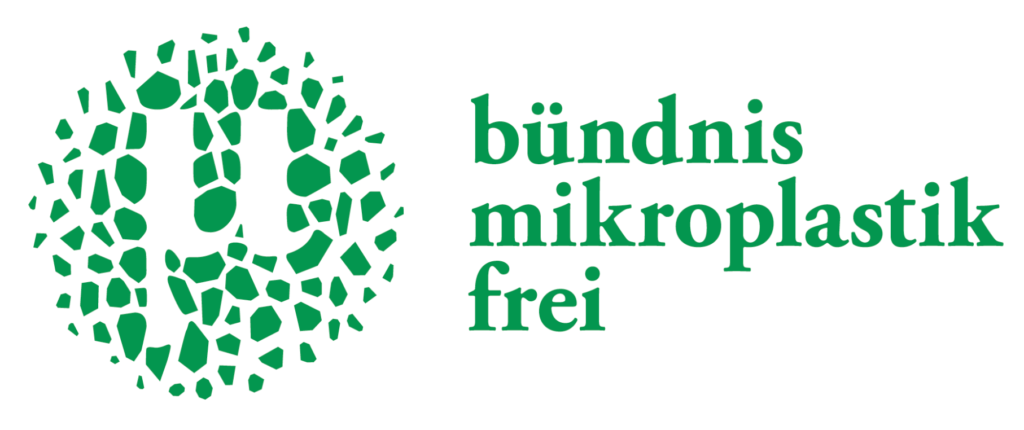Paraffins - Petroleum in cosmetics
Paraffins for personal care, also known as mineral oils, are a by-product of petroleum processing and are formed from unpurified industrial paraffins. Purified paraffins are contained in liquid or solid form in numerous personal care products as binders in creams, ointments, pastes, lotions, cosmetics and other medical products because they have film-forming, protective and water-repellent properties. They dissolve No allergies are very good for the time being Compatible and are inexpensive.
Paraffins harm the environment
Crude paraffins are extracted in the production of lubricating oil, which is Crude oil distilled or extracted from lignite or bituminous shale as well as peat coal. Paraffin production thus contributes to increasing greenhouse gas emissions worldwide.
In daily use, they enter the water cycle because they cannot be filtered by sewage treatment plants. They can, however, be Bacteria degraded and do not remain permanently in the environment. The Mining time is unclear.
In recent years, large lumps of industrial paraffin have increasingly washed up on beaches, presumably from ship washings from chemical freighters. The discharge of paraffin and paraffin-like substances into the sea has so far been internationally regulated, but not prohibited. The problem is that paraffin lumps are mistaken for food by marine animals and seabirds. Furthermore, since these lumps have a low degree of purity, they contain carcinogenic substances such as polycyclic aromatic hydrocarbons (see below MOAH), which can be ingested by bathers and marine animals. The Federal Office for Risk Research (BfR) therefore considers "a general ban on discharges of such floating substances as paraffin into the North Sea and Baltic Sea to be absolutely necessary".
Discussion of properties that are harmful to health
During the processing of raw paraffin, two other paraffin components are produced in addition to pure paraffin:
aromatised mineral oils, MOAH for short (mineral oil saturated hydrocarbons) and
Saturated mineral oil hydrocarbons, MOSH for short (mineral oil aromatic hydrocarbons)
In 2015, the Stiftung Warentest found that MOAH was present in 25 out of 25 conventional cosmetic and personal care products tested. MOAH is found in Strongly suspected of being carcinogenic to be. Three years later, in a statement issued in February 2018, the Federal Institute for Risk Research (BfR) the analytical methodology of MOSH and MOAH in products. The BfR concludes that only the Two-step analysis methodology introduced in 2017 led to a significantly better quantification of MOAH, as this was obviously overestimated in the previous one-step procedure and thus led to falsely high MOAH values in products.
MOSH, on the other hand, is present as an impurity in some lip balms. When applied, some of it enters the body through oral uptake and accumulates in the organs. A toxicological relevance is, as stated in a Study on rats observed, loud BfR doubtful for humans.
Paraffins with a high degree of purity, which are used for cosmetics or as an ingredient in medicinal products, are altogether protected by the European Commission and the BfR classified as non-carcinogenic.
The BfR admitted in 2015 that there are "data gaps that make a health assessment difficult. These include data on absorption through the skin after prolonged contact, on oral bioavailability and on the relevance of histopathological liver changes (microgranulomas), which occurred in animal experiments in a particularly sensitive strain of rats after feeding corresponding preparations (...) Little is currently known about the effect and presence of aromatic hydrocarbons (MOAH) in cosmetic products. An overall assessment is made difficult not least by data gaps regarding the composition of the mineral oil mixtures used in the cosmetics industry".
The use of paraffin-containing topical preparations is well established in dermatology and other medical fields. The widespread use in conventional and over-the-counter products should also be discouraged for reasons of Climate protection should definitely be reconsidered.
Paraffin types in care products and cosmetics
Depending on its chemical composition and method of production, paraffin wax appears under the following names in the Lists of ingredients on products:
- Paraffinum liquidum
- Petroleum or petrolatum
- Isoparaffin
- Ceresin
- Vaseline (Microcrystalline Wax
- Cera Microcristallina
- Mineral wax or mineral oil
- Ozokeritem
© Dr. med. Dipl. Biol. Susanne Saha 06/2021







